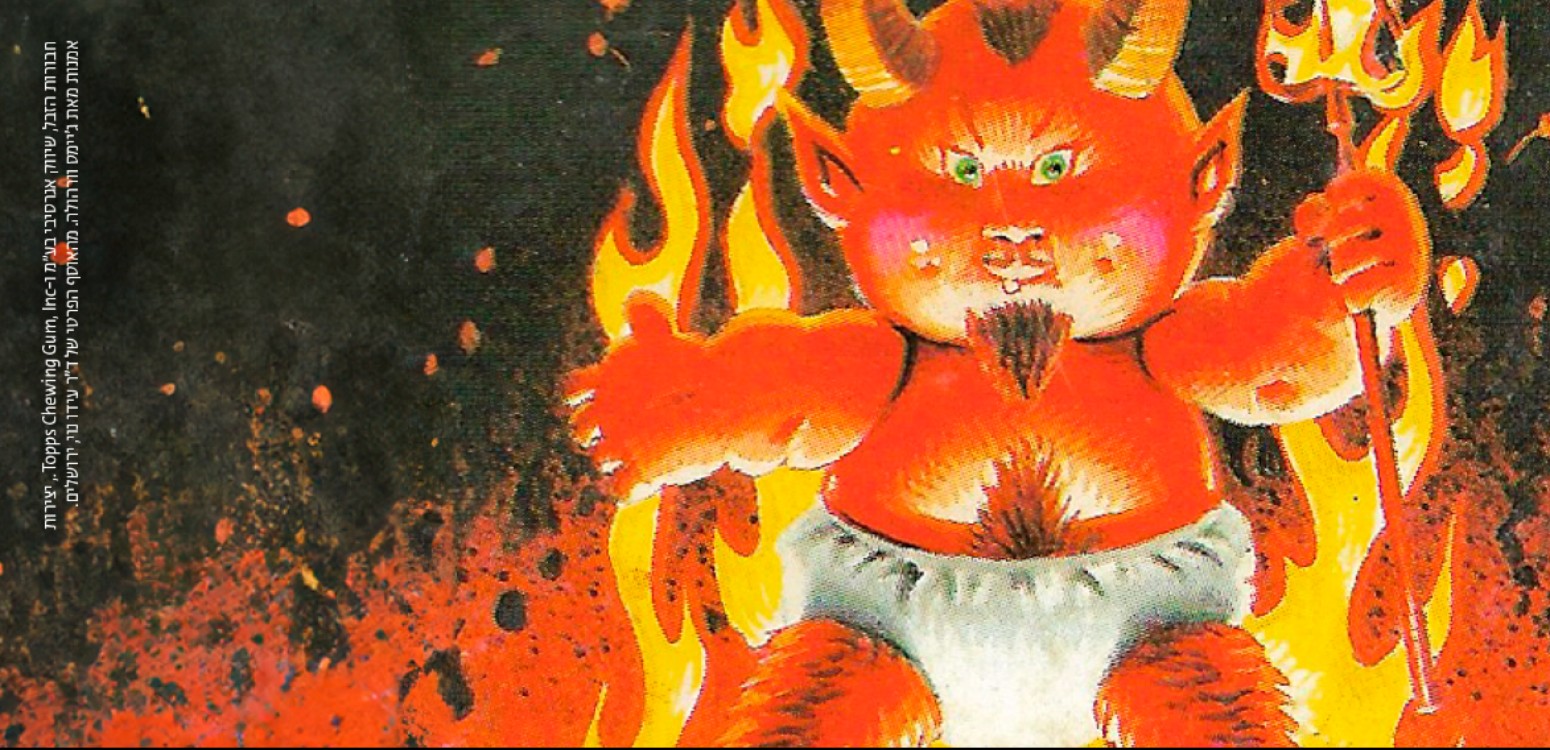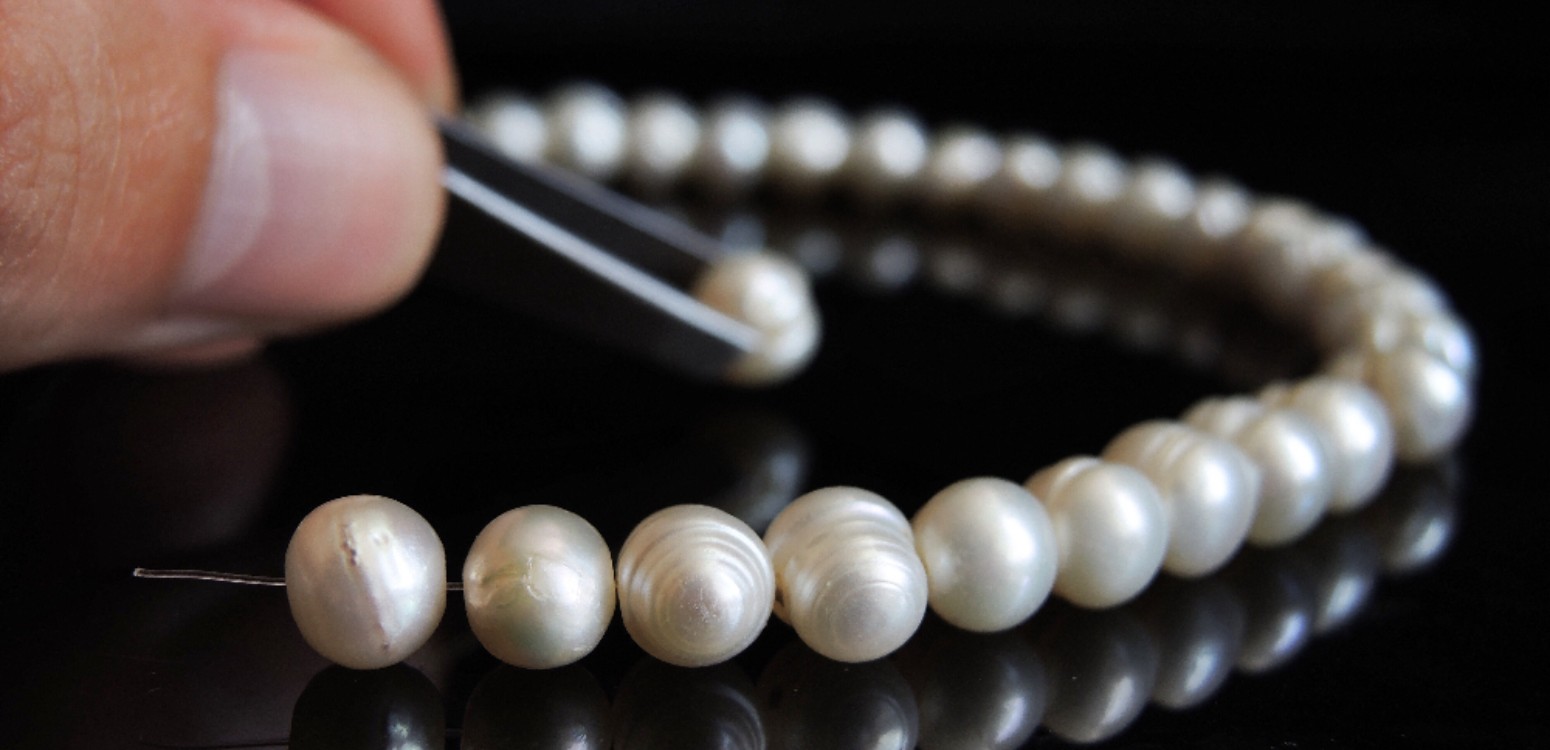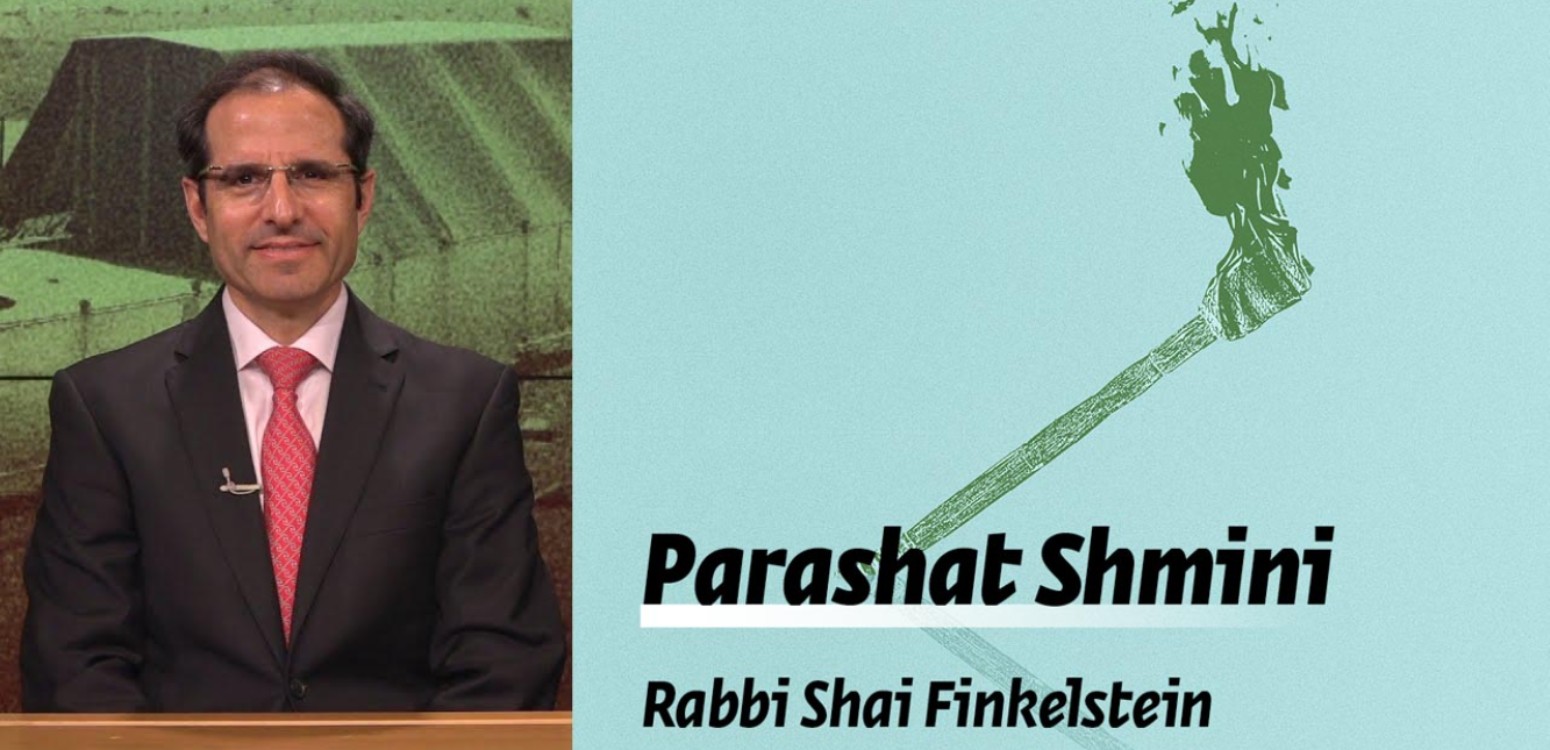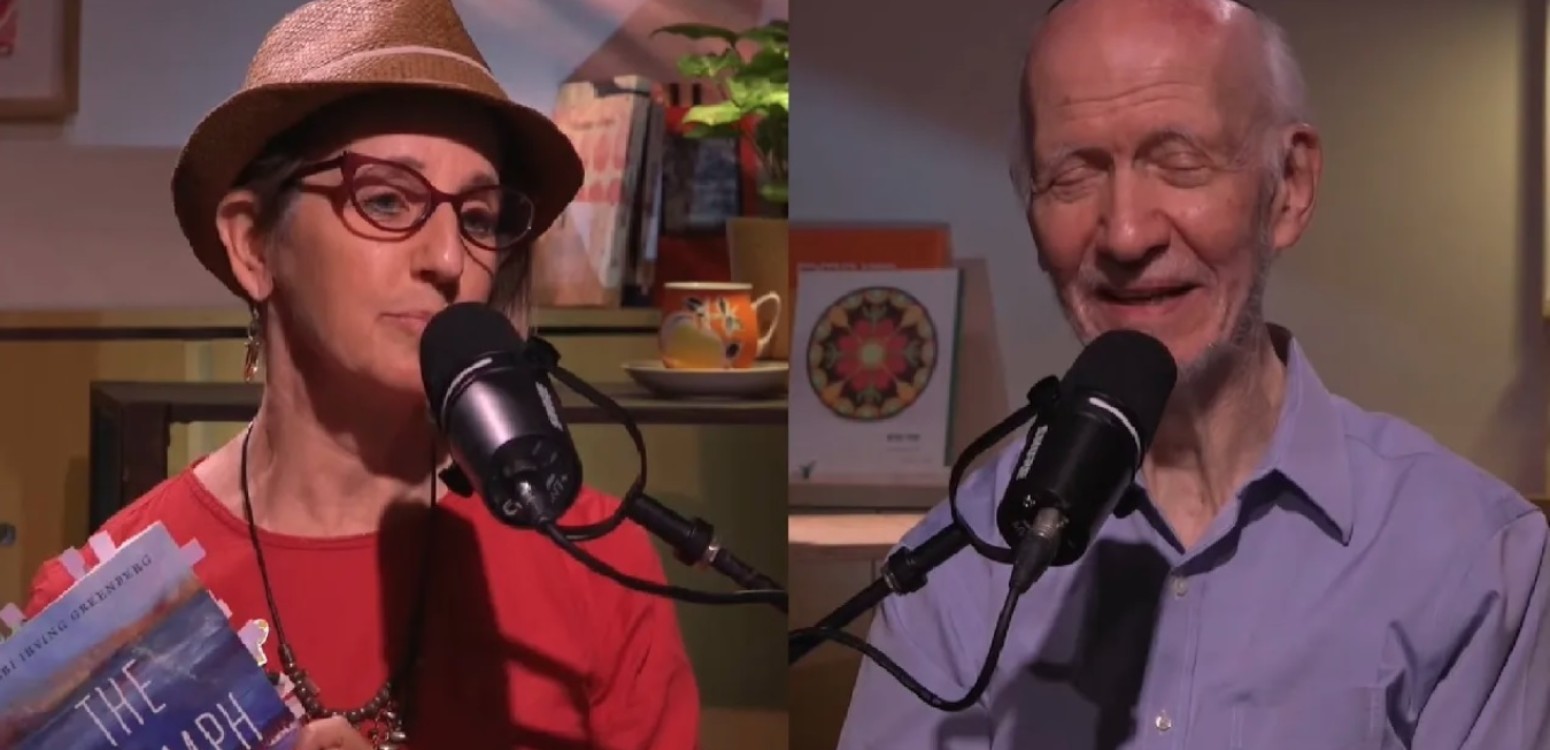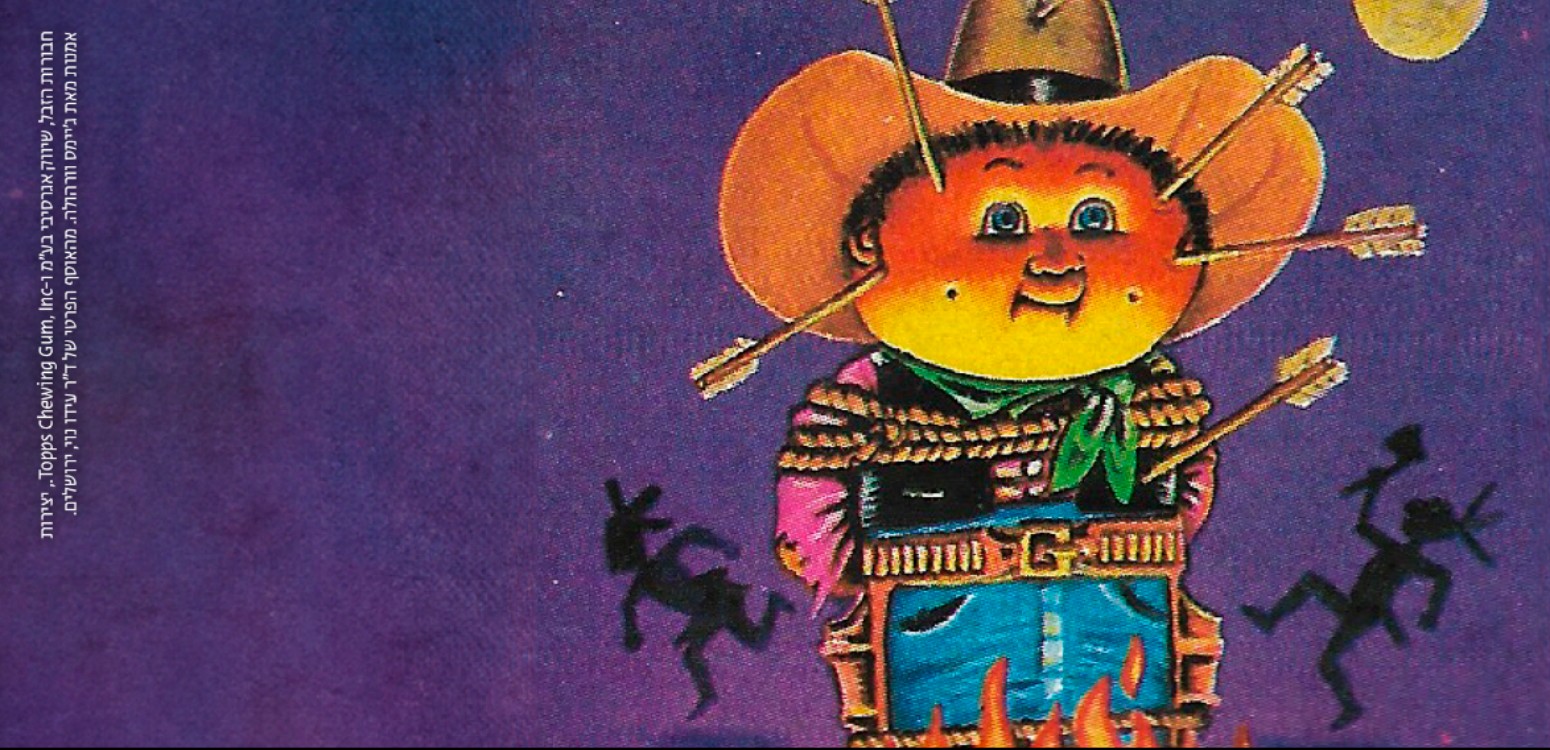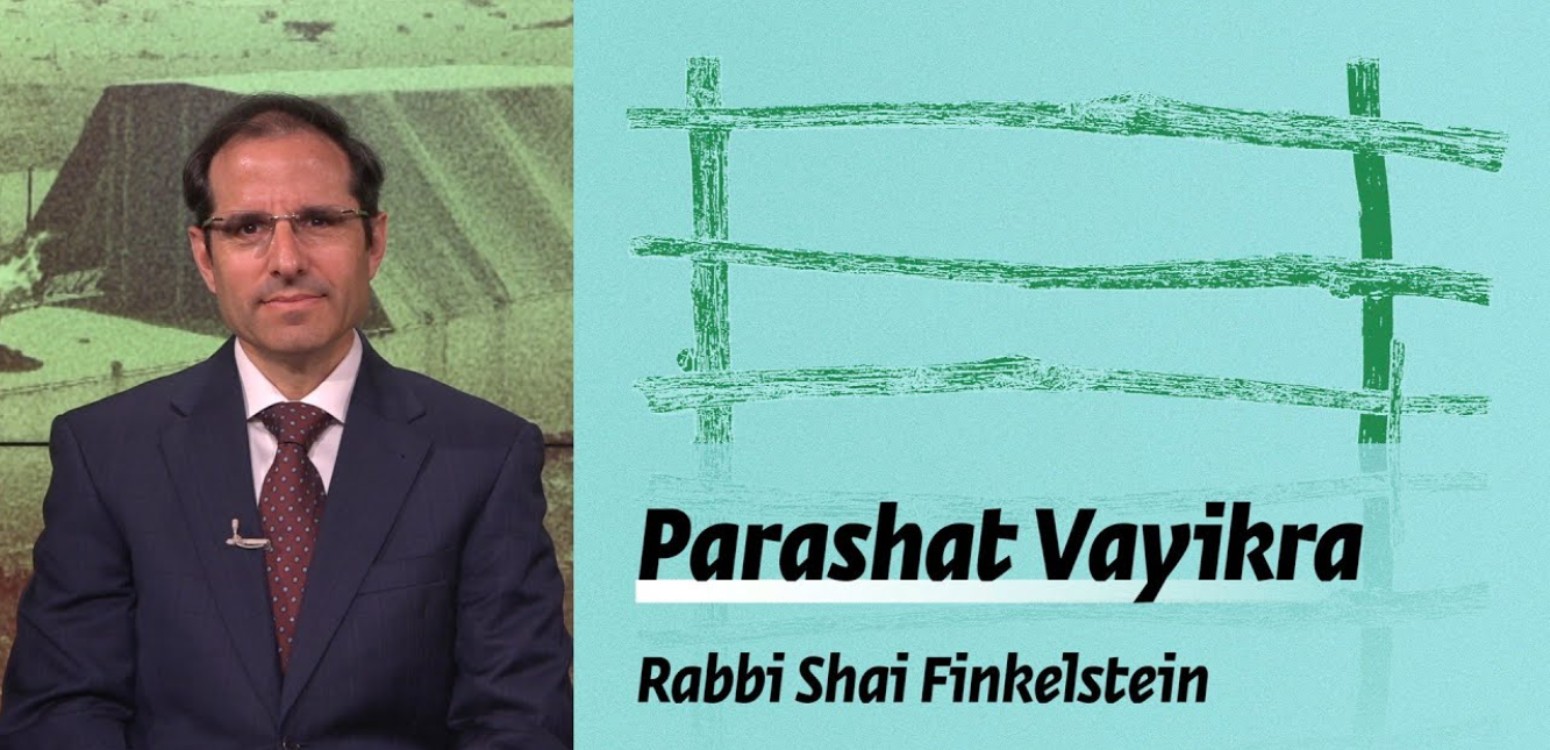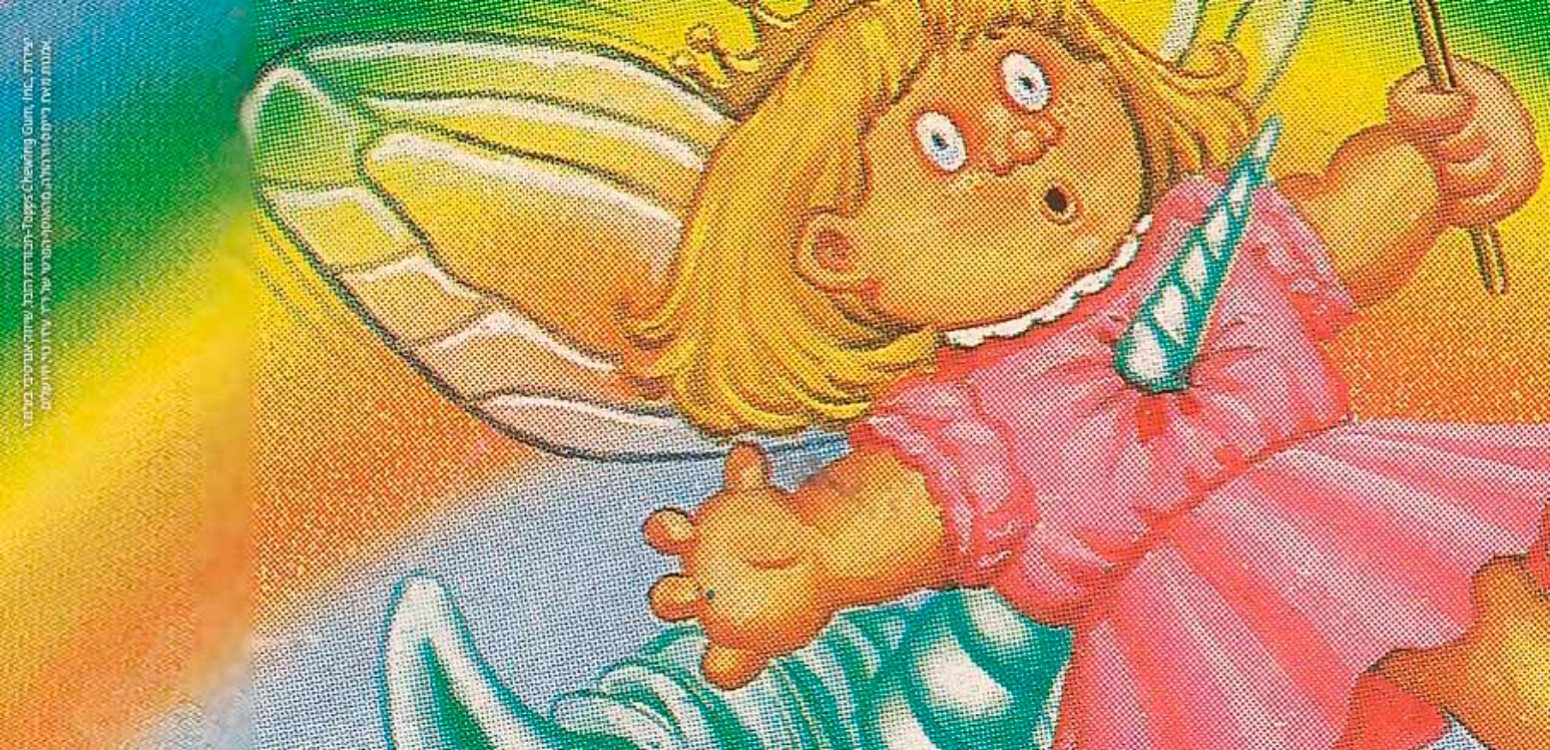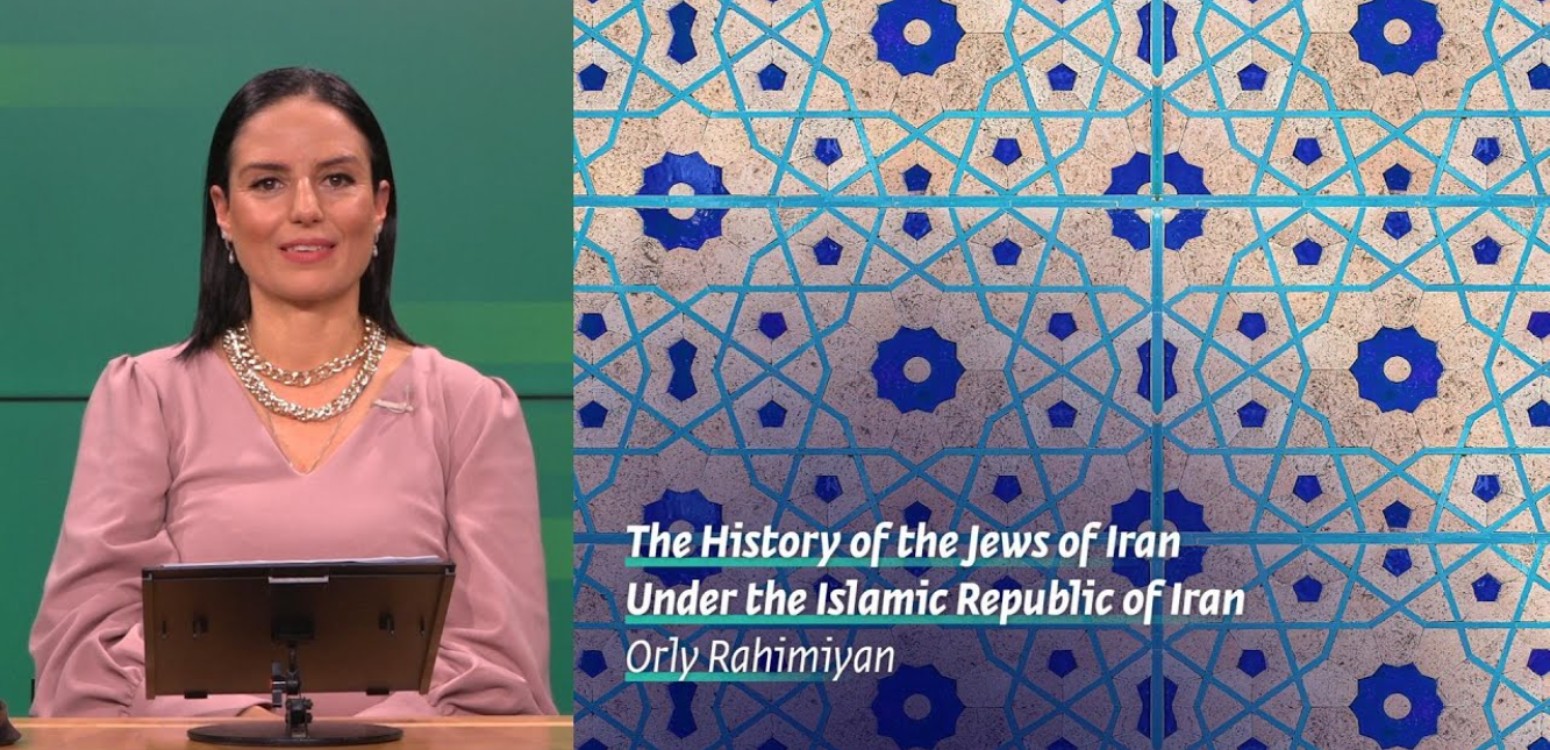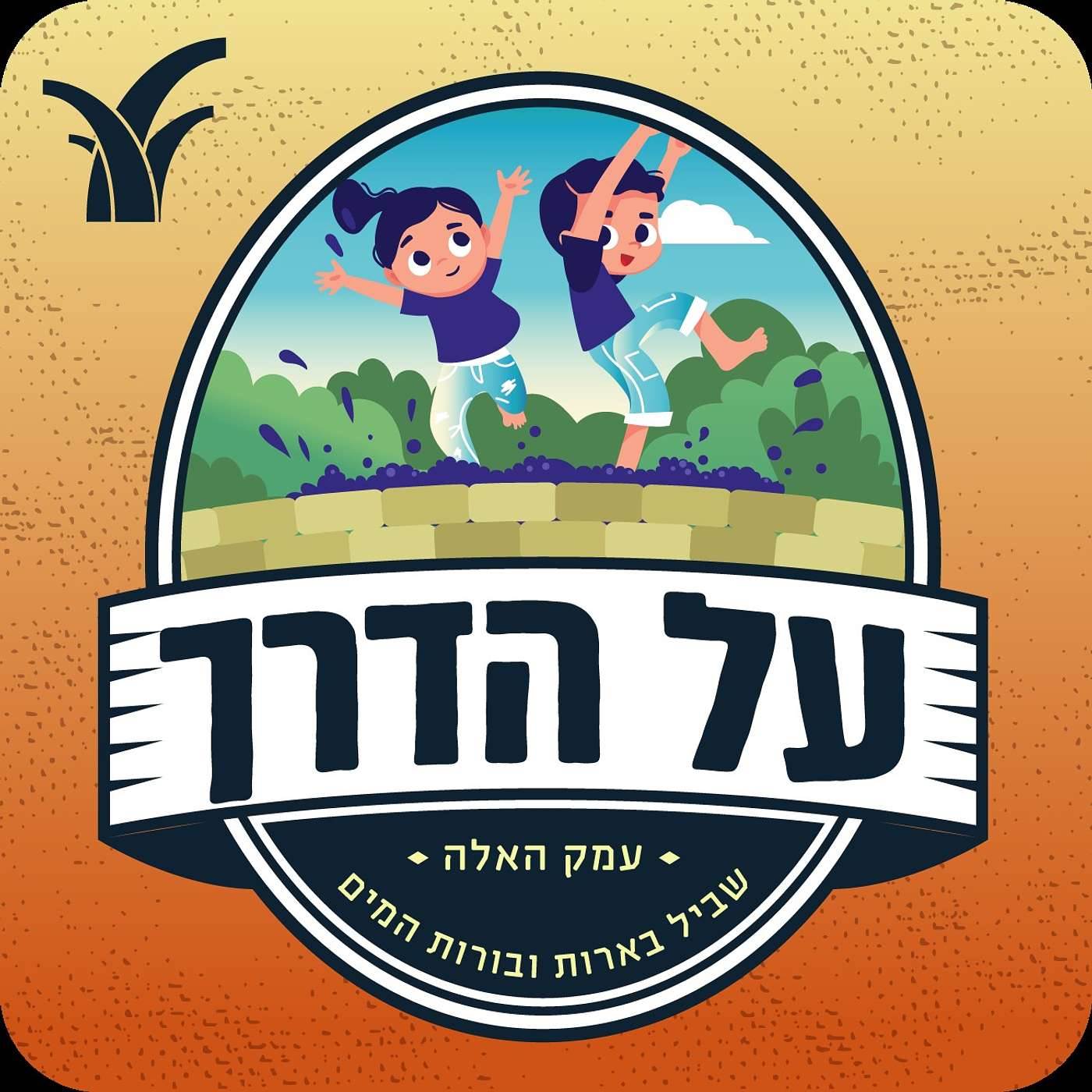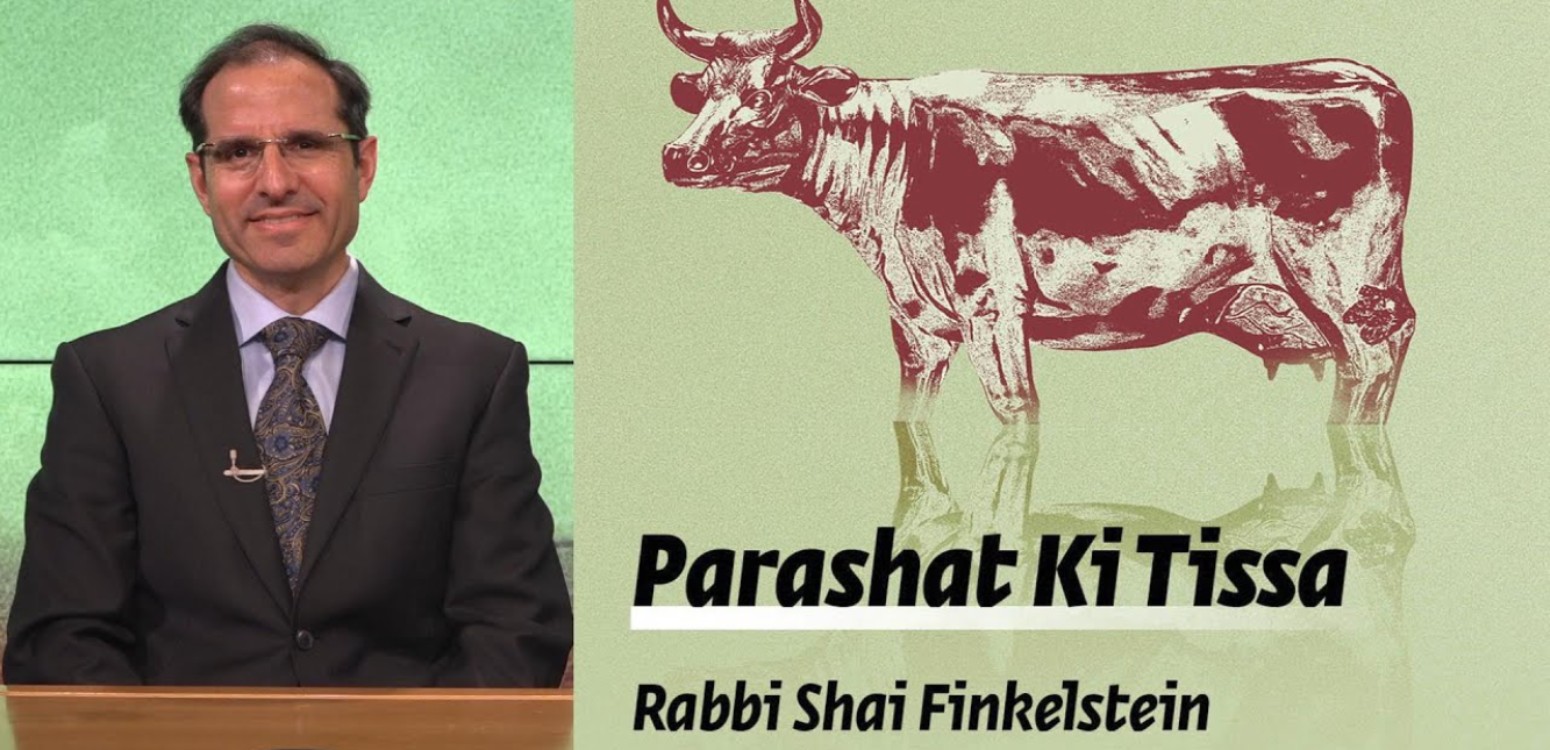Barbecues with family and friends are Israel's prime Independence Day ritual. Delve with us into the mangal phenomenon that unites a divided nation through charcoal, meat, and excess. More than just a meal, it's a cultural performance that reveals Israel’s relationship with food, gender, and national identity
It’s that time of year again. As Yom Ha’atzmaut, Israel’s Independence Day, approaches, meat consumption in the country spikes dramatically. The numbers tell the story of a nation preparing for what has become its most sacred secular ritual: the Independence Day BBQ.
If you’re picturing the American backyard barbecue with its propane grills and lawn chairs, think again. The Israeli mangal (the Hebrew term for BBQ, borrowed from Arabic) or al ha-esh (literally “on the fire”) is an entirely different beast. While Americans might fire up the grill on the Fourth of July in their backyards, Israelis take portable grills to public parks en masse.
The iconic image of Yom Ha’atzmaut is a slightly overweight Israeli man in a park, fanning a small charcoal grill with a piece of cardboard in one hand while snacking on meat from a skewer in his other hand.
From Hora Dancing to Hamburgers
This meat-centric celebration is actually a relatively recent development. In the years following Israel’s establishment in 1948, Independence Day featured Eastern European-style circle dances. Commemorating national sovereignty by consuming your body weight in grilled meat wasn’t on anyone’s radar.
Picnics entered Israeli culture only in the 1960s, coinciding with the establishment of the first nature reserves and national parks. It wasn’t until the late 1970s and early 1980s that the picnic evolved into today’s meat-fest. The political upheaval of 1977, which saw Menachem Begin rise to power, marked a cultural shift as well. The al ha-esh tradition, once primarily associated with families of Middle Eastern descent, became mainstream across all ethnic groups.
The Ritual of Meat
The Israeli mangal follows a strict unspoken protocol. First come the naknikiot – the Israeli version of sausages or hot dogs, considered entry-level fare for children (who always get served first because Israeli children lack the ability to wait without screaming). Next are chicken wings, followed by the mid-tier shishlik (meat skewers, usually chicken or lamb). Then come the kebabs (ground meat patties), and finally, the crown jewel: steaks, served when everyone is already too full to properly appreciate them, but consumed nonetheless because of their prestigious status. Steaks are also the “manliest” food consumed on this occasion, therefore saved for last.
This isn’t just a meal; it’s a choreographed performance of excess. The notion of “enough” is foreign to the Independence Day mangal. What better way to celebrate national sovereignty than with a display of abundance so extreme it makes everyone slightly ill?
More Than Just Meat
The mangal phenomenon reveals much about Israeli society. It highlights the country’s relationship with meat as a status symbol. During Israel’s early austerity period, meat was a luxury. The ability to grill multiple types of meat represents Israel’s economic progress from a struggling young state to a country with a higher standard of living.
It also speaks volumes about gender roles. Surveys consistently show that meat consumption is associated with masculinity worldwide, and Israel is no exception. The mangal is traditionally a male domain, even during periods when women were exclusively responsible for all other food preparation.
As for animal rights and environmental impact: Israeli vegetarians and vegans often attend these events and quietly munch on vegetable and tofu skewers. Meanwhile, the sight of thousands of small fires burning simultaneously across the country’s parks creates significant air pollution exactly when Israelis are supposedly celebrating their love for their homeland – an irony not lost on environmentally conscious citizens.
A Nation United by Charcoal
Some see the Independence Day mangal as another example of American cultural influence, with parallels to Fourth of July cookouts, though Israelis have amplified it to an intensity that would make even the most enthusiastic American griller raise an eyebrow.
Others find deeper meaning in the ritual. Some view it as a continuation of the communal kumzits (from Yiddish, meaning “come sit”) tradition where pioneers would gather around a campfire, roast potatoes, and sing songs. A few even draw connections to ancient sacrificial practices from Temple times.
Whatever its origins, the Independence Day mangal has become one of the few truly national rituals that transcend Israel’s notorious social divides. On this one day, the country is united by charcoal, meat, and too much food.


